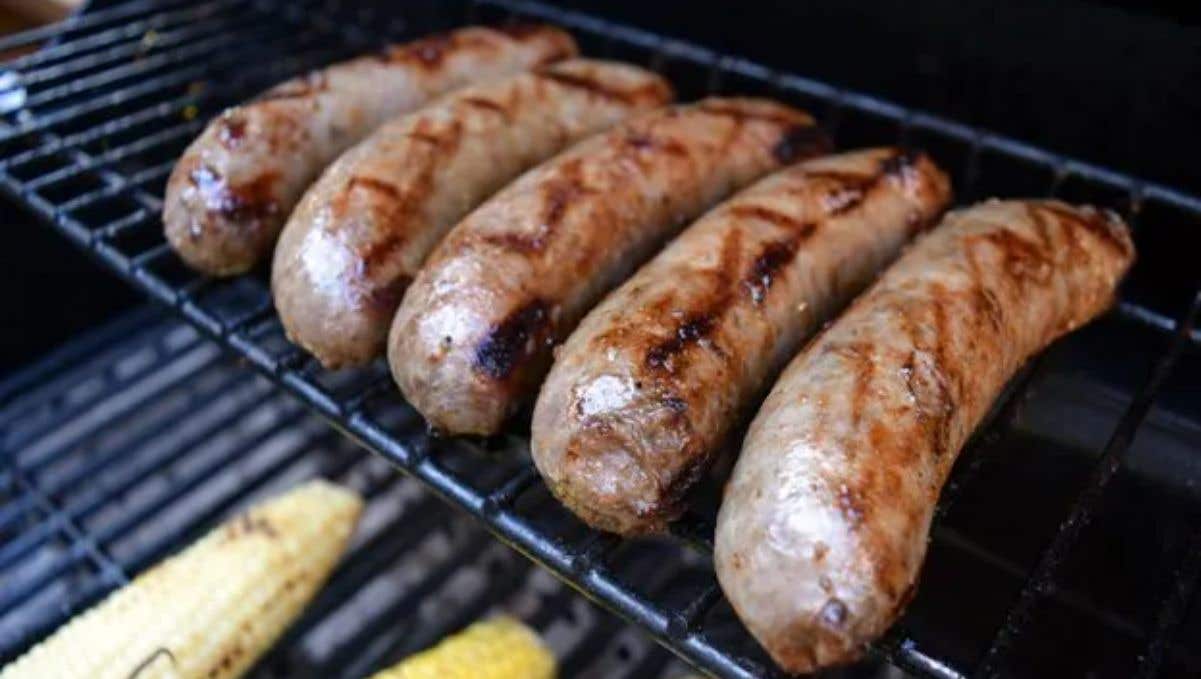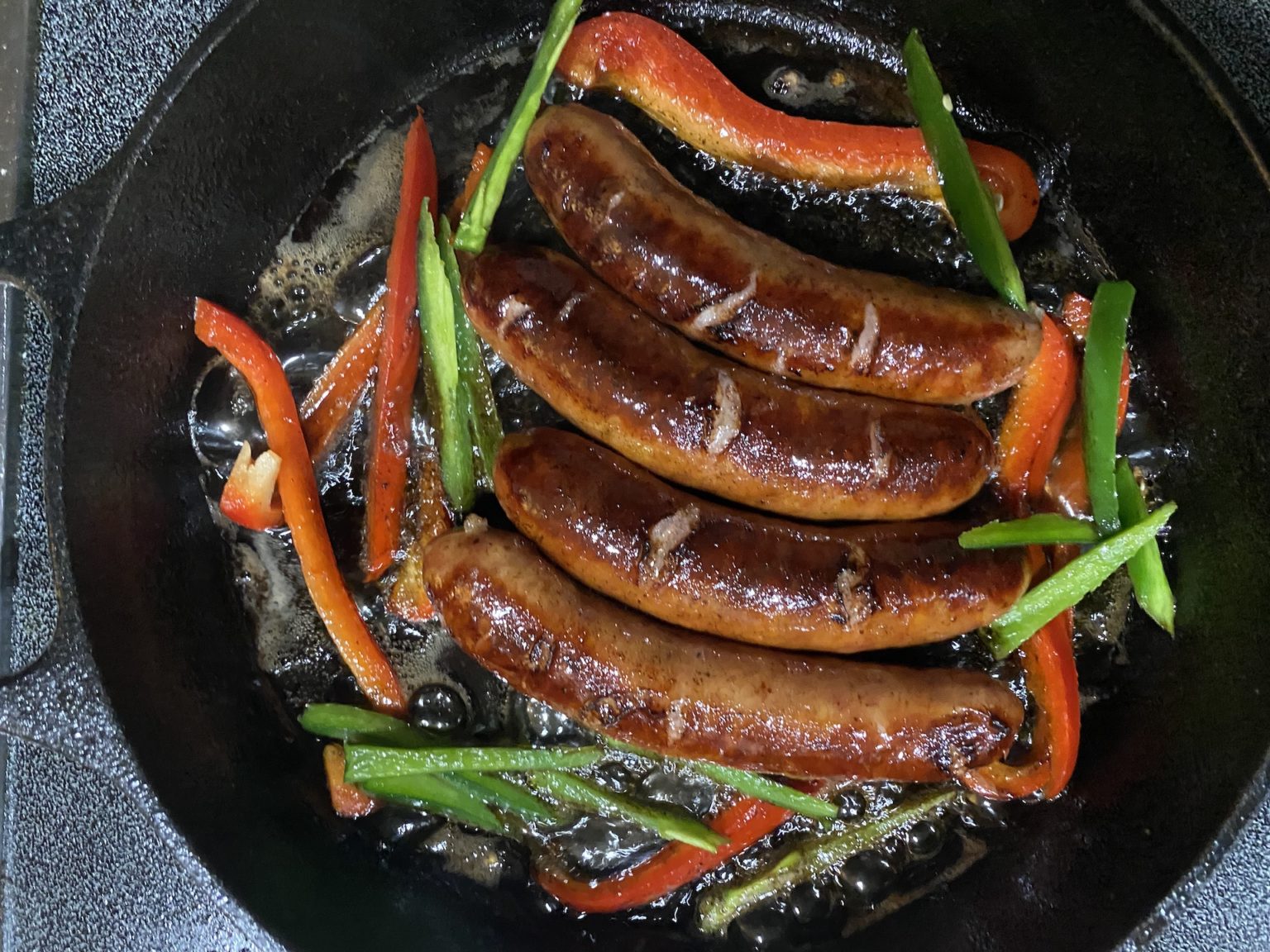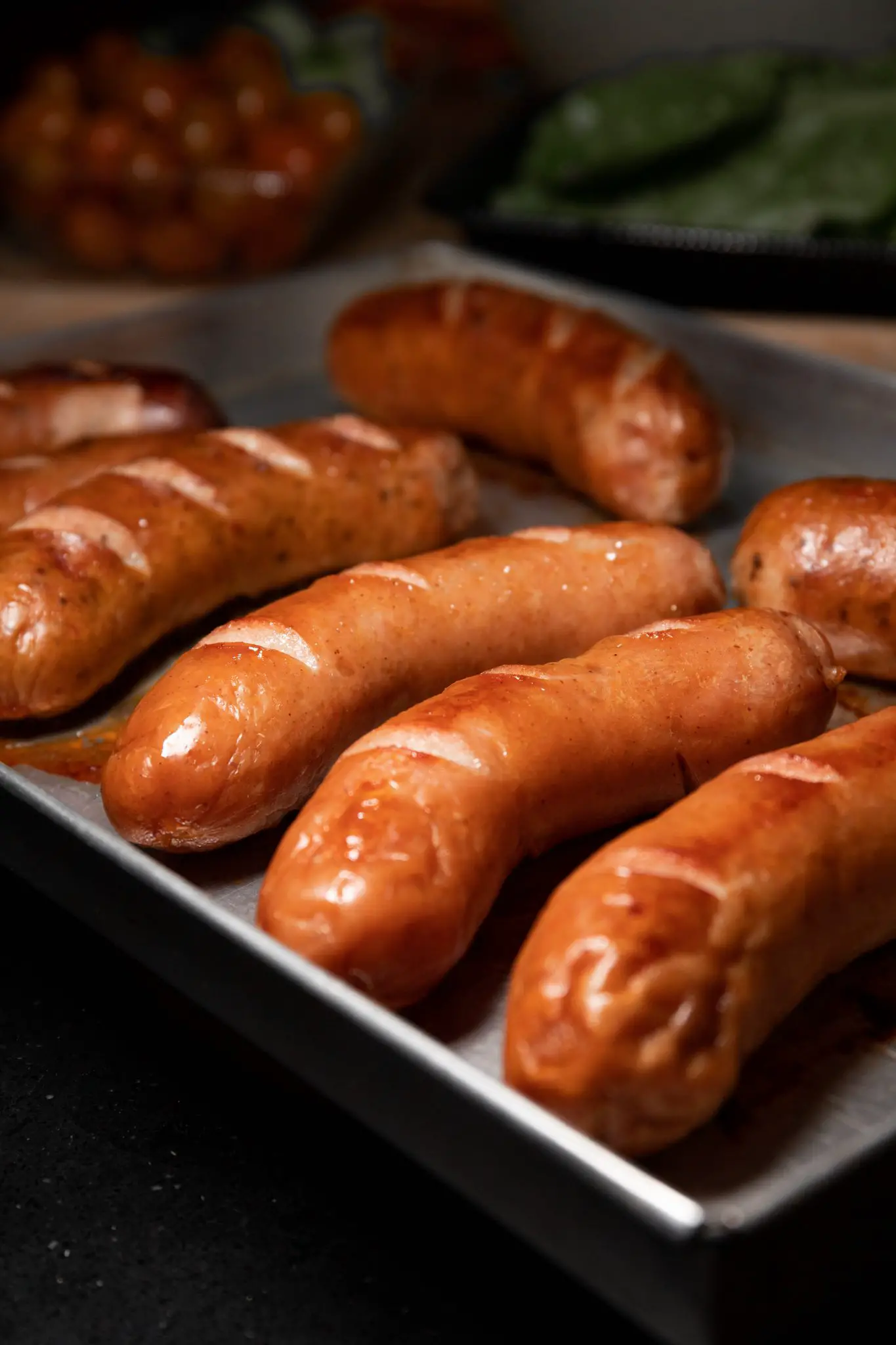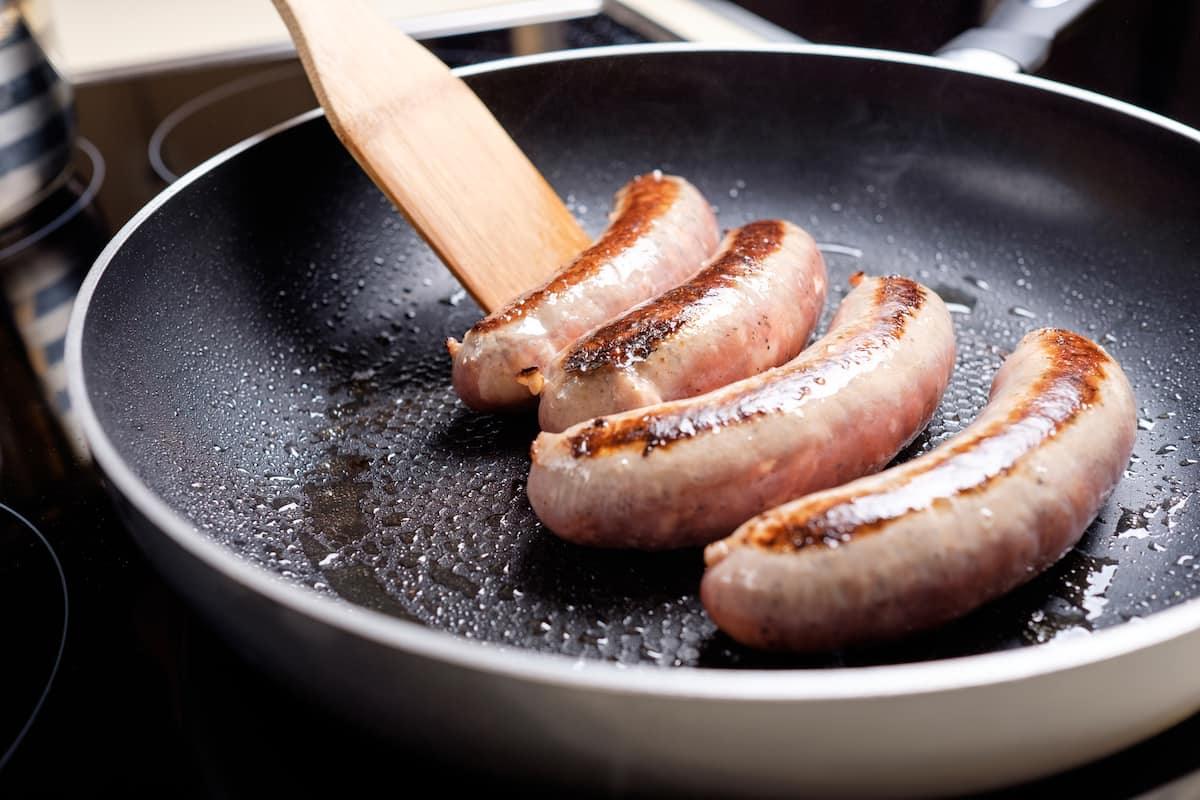How Long to Cook Brats on the Stove: Perfectly Cooked Sausages
I. Introduction to Cooking Brats on the Stove
When it comes to cooking brats, many people immediately think of grilling. However, cooking brats on the stove can be just as delicious and convenient. In this article, we will explore the versatility of bratwurst and the benefits of stove cooking for brats.
A. Exploring the Versatility of Bratwurst
Bratwurst is a type of German sausage made from pork, beef, or veal. It is known for its rich flavor and juicy texture. Brats are incredibly versatile and can be enjoyed in a variety of ways. They can be served on a bun with condiments like mustard and sauerkraut, sliced and added to pasta or stir-fries, or even used as a pizza topping.
B. Benefits of Stove Cooking for Brats
While grilling is a popular method for cooking brats, stove cooking offers its own set of benefits. First, stove cooking allows for more precise control over the cooking temperature. This can help prevent overcooking or undercooking the brats. Additionally, stove cooking allows for the addition of liquid, which can enhance the moisture and flavor of the brats. Lastly, stove cooking is a convenient option when grilling is not possible, such as during bad weather or in apartments without outdoor grilling space.
II. Preparing the Brats

Before cooking the brats on the stove, it is important to ensure they are properly prepared.
A. Selecting the Right Type of Brats
There are different types of brats available, including traditional pork brats and chicken brats. Pork brats are the most common and have a rich, savory flavor. Chicken brats offer a leaner option with a milder taste. Consider your personal preferences and dietary needs when selecting the type of brats to cook.
Additionally, flavored varieties of brats are available, such as those infused with beer, cheese, or spices. These can add an extra level of taste and excitement to your dish.
B. Pricking the Brats
To prevent the brats from bursting during cooking and to ensure even cooking and distribution of juices, it is recommended to prick the brats before cooking. This can be done by using a fork or a small knife to gently pierce the casing in a few places.
III. Preheating the Pan and Adding Liquid

To properly cook brats on the stove, it is essential to preheat the pan and add liquid for steaming.
A. Preheating the Pan for Browning
Begin by preheating a large skillet or frying pan over medium heat. Allow the pan to heat up for a few minutes until it reaches a moderate heat level. This will ensure that the brats brown evenly without burning.
To test the heat of the pan, flick a droplet of water onto the surface. If the water sizzles and evaporates immediately, the pan is ready for cooking.
B. Adding Liquid for Steaming
Once the pan is preheated, add a small amount of liquid to the pan. This liquid will create steam, which will help cook the brats and enhance their moisture and flavor. Options for liquid include beer, water, or broth. Choose a liquid that complements the flavors of the brats and adds an extra layer of taste.
IV. Cooking the Brats

Now that the preparation is complete, it’s time to cook the brats on the stove.
A. Searing the Brats
Carefully place the brats in the hot pan, ensuring they are not overcrowded. Allow the brats to sear for a few minutes on each side, until they develop a browned crust. This will add flavor and texture to the brats.
B. Simmering the Brats
After searing, add more liquid to the pan until it covers about half of the brats. Cover the pan with a lid to trap the steam and heat, and reduce the heat to medium. Allow the brats to simmer in the liquid, turning them occasionally, until they are fully cooked.
The cooking time will depend on the thickness of the brats, but usually ranges from 10 to 15 minutes. Keep an eye on the brats to ensure they do not overcook or dry out.
V. Checking for Doneness
To ensure the brats are properly cooked and safe to eat, it is important to check for doneness.
A. Using a Meat Thermometer
One reliable way to check the doneness of brats is by using a meat thermometer. Insert the thermometer into the thickest part of a brat, avoiding contact with the casing. The internal temperature should reach at least 160°F (71°C) for fully cooked brats.
B. Visual Inspection
In addition to using a meat thermometer, a visual inspection can also help determine the doneness of the brats.
- Checking for an Evenly Browned and Juicy Appearance
Fully cooked brats will have an evenly browned exterior and a juicy appearance. The casing should have a slight crispness while still maintaining its integrity.
- Cutting into a Brat to Ensure No Pinkness
If you are unsure about the doneness of a brat, you can cut into it to check the color of the meat. Fully cooked brats should have no pinkness and the juices should run clear.

VI. Resting and Serving
After the brats are cooked to perfection, it is important to allow them to rest before serving.
A. Allowing the Brats to Rest
Remove the brats from the pan and allow them to rest for a few minutes. This resting period allows the juices to redistribute throughout the brats, resulting in a more flavorful and tender bite. Resting also helps retain the moisture and improves the overall texture of the brats.
The optimal resting time for brats is around 5 minutes. This will give you enough time to prepare the serving accompaniments.
B. Serving Suggestions and Accompaniments
There are numerous ways to serve brats, depending on your preferences and the occasion. The most popular option is to place the brats in buns, adding condiments such as mustard, ketchup, sauerkraut, grilled onions, or pickles.
If you prefer a lighter option, you can slice the brats and serve them over a bed of greens or alongside roasted vegetables. Brats also pair well with creamy mashed potatoes or creamy coleslaw.
In conclusion, cooking brats on the stove is a simple and flavorful option. Properly preparing the brats by pricking them and selecting the right type enhances their taste. Preheating the pan, adding liquid for steaming, and then searing and simmering the brats ensure a nicely browned and fully cooked result. Checking for doneness using a meat thermometer or visual inspection is essential. Allowing the brats to rest before serving enhances their flavor and texture. Pairing with buns and condiments or sauerkraut and grilled onions elevates the dining experience. By following these steps, anyone can enjoy perfectly cooked brats on the stove that are juicy, flavorful, and perfect for any occasion.
